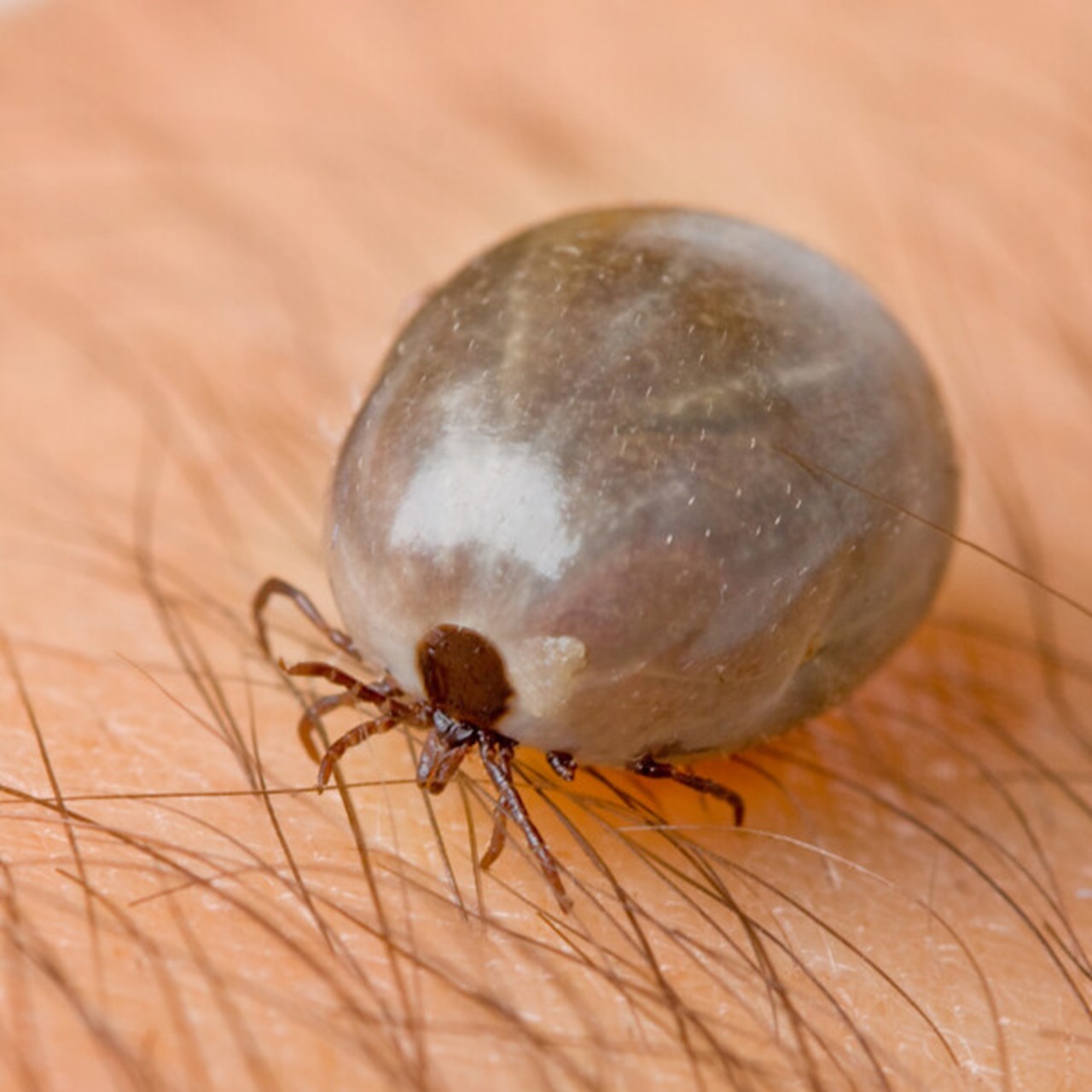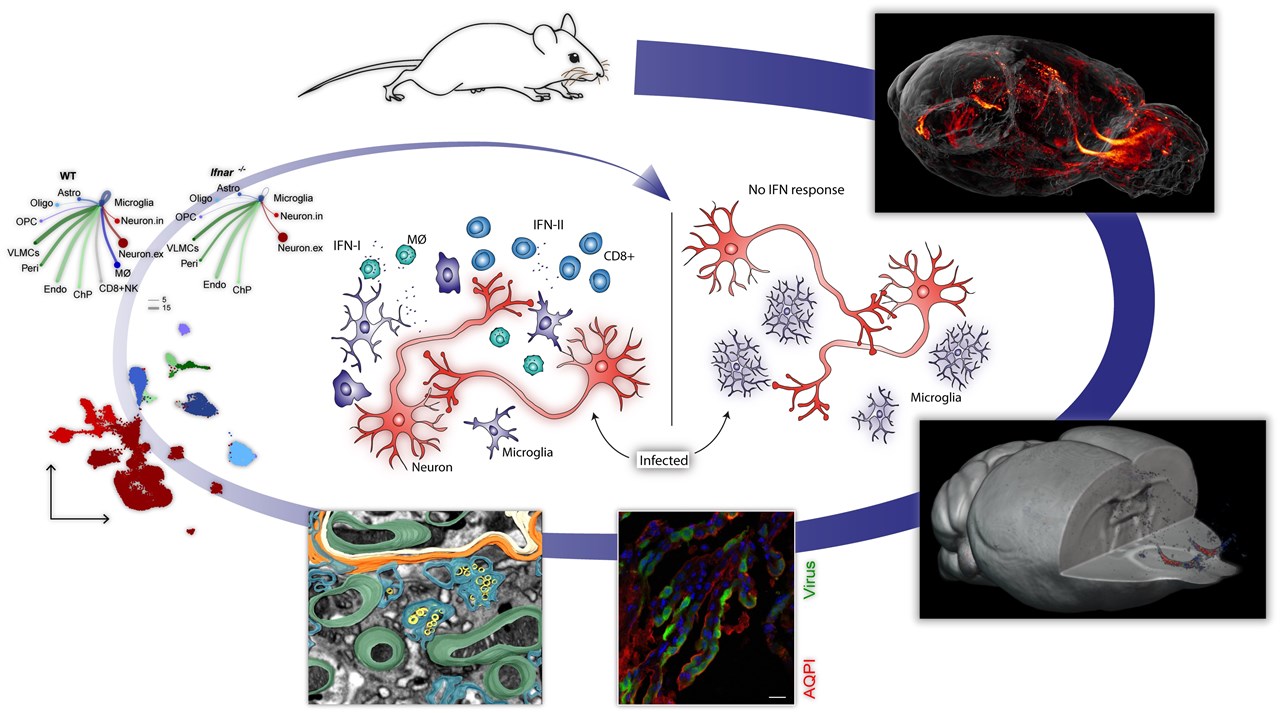Abot the scientific publication
About the scientific publication
Type I interferon shapes brain distribution and tropism of tick-borne flavivirus
Nunya Chotiwan, Ebba Rosendal, Stefanie M. A. Willekens, Erin Schexnaydre, Emma Nilsson, Richard Lindqvist, Max Hahn, Ionut Sebastian Mihai, Federico Morini, Jianguo Zhang, Gregory D. Ebel, Lars-Anders Carlson, Johan Henriksson, Ulf Ahlgren, Daniel Marcellino, Anna K. Överby
doi.org/10.1038/s41467-023-37698-0
https://www.nature.com/articles/s41467-023-37698-0




